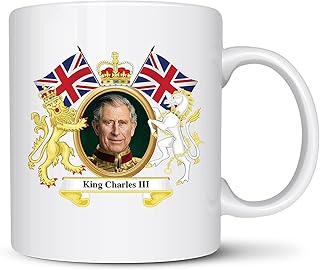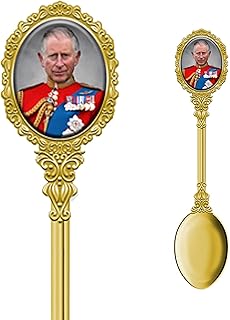Throughout British history, coronations have marked the ascension of monarchs, distinguishing each new ruler from their predecessor. With over a millennium of coronations, not all have been smooth sailing. These regal ceremonies, steeped in tradition, have seen their fair share of peculiar and remarkable occurrences. From historic Westminster Abbey to stolen artifacts, here are ten strange facts about British coronations.
Westminster Abbey, consecrated in 1050 by Edward the Confessor, has been the hallowed ground for British coronations for over 950 years. This iconic site witnessed the coronation of William the Conqueror just months after his victory at the Battle of Hastings, solidifying his claim to the British throne.
For each new monarch, Westminster Abbey undergoes a transformation, with interior decorations and external additions tailored to the occasion. Queen Elizabeth II’s coronation, for instance, saw special annexes and seating arrangements designed to accommodate the grandeur of the event.
Surprisingly, only three British monarchs have foregone the traditional coronation ceremony in the last 950 years. Edward V, Lady Jane Grey, and Edward VIII each faced unique circumstances that led to the omission of their coronations, marking rare exceptions in British royal history.
The most sacred moment of a coronation, the anointing with holy chrism oil, remains a private affair, symbolizing the solemn responsibilities shouldered by the monarch. This intimate ritual underscores the gravity of the monarch’s duties.
During preparations for Queen Elizabeth II’s coronation, a peculiar challenge arose when the original holy chrism oil was found destroyed due to WWII bombings. A new blend, based on an ancient recipe, had to be created for the momentous occasion.
Amidst civil unrest, the anointing spoon, a cherished coronation artifact dating back to the 12th century, miraculously survived the turmoil of a civil war. Safeguarded by Mr. Kynnersley, the spoon found its way back to Charles II’s coronation and has since been a staple in every coronation ceremony.
The Stone of Scone, a symbol of Scottish monarchy, was famously stolen and integrated into the coronation chair, sparking debates over its rightful ownership. Its dramatic history includes a daring heist by Scottish students and its eventual return to Scotland for future coronations.
The Tower of London, synonymous with incarceration and intrigue, played a pivotal role in medieval coronations as the traditional residence for new monarchs in the lead-up to their coronation ceremonies.
Queen Elizabeth II’s groundbreaking televised coronation in 1953 not only brought the ceremony to the public but also paved the way for the Eurovision Network’s inception, leading to the iconic Eurovision Song Contest that captivates audiences worldwide.
While coronations are steeped in tradition, not all have gone smoothly. Queen Victoria’s coronation, marred by mishaps and missteps, prompted a thorough review to ensure future ceremonies ran more seamlessly, marking a turning point in the meticulous planning of royal events.
From stolen artifacts to televised spectacles, British coronations are a fascinating blend of tradition, history, and occasional mishaps that have shaped the monarchy’s enduring legacy over centuries.
📰 Related Articles
- NRL Press Conferences: Unveiling Insights and Strategies Post-Round 10 Showdown
- 10 Historical Fiction Books Unveiling Truths Stranger Than Fiction
- Zak Bagans’ The Haunted Museum: Unveiling Cursed Objects
- World Nomads & Student Beans: Exclusive 10% Student Travel Discount
- Why Printer Ink Prices Soar: Unveiling Industry Secrets






